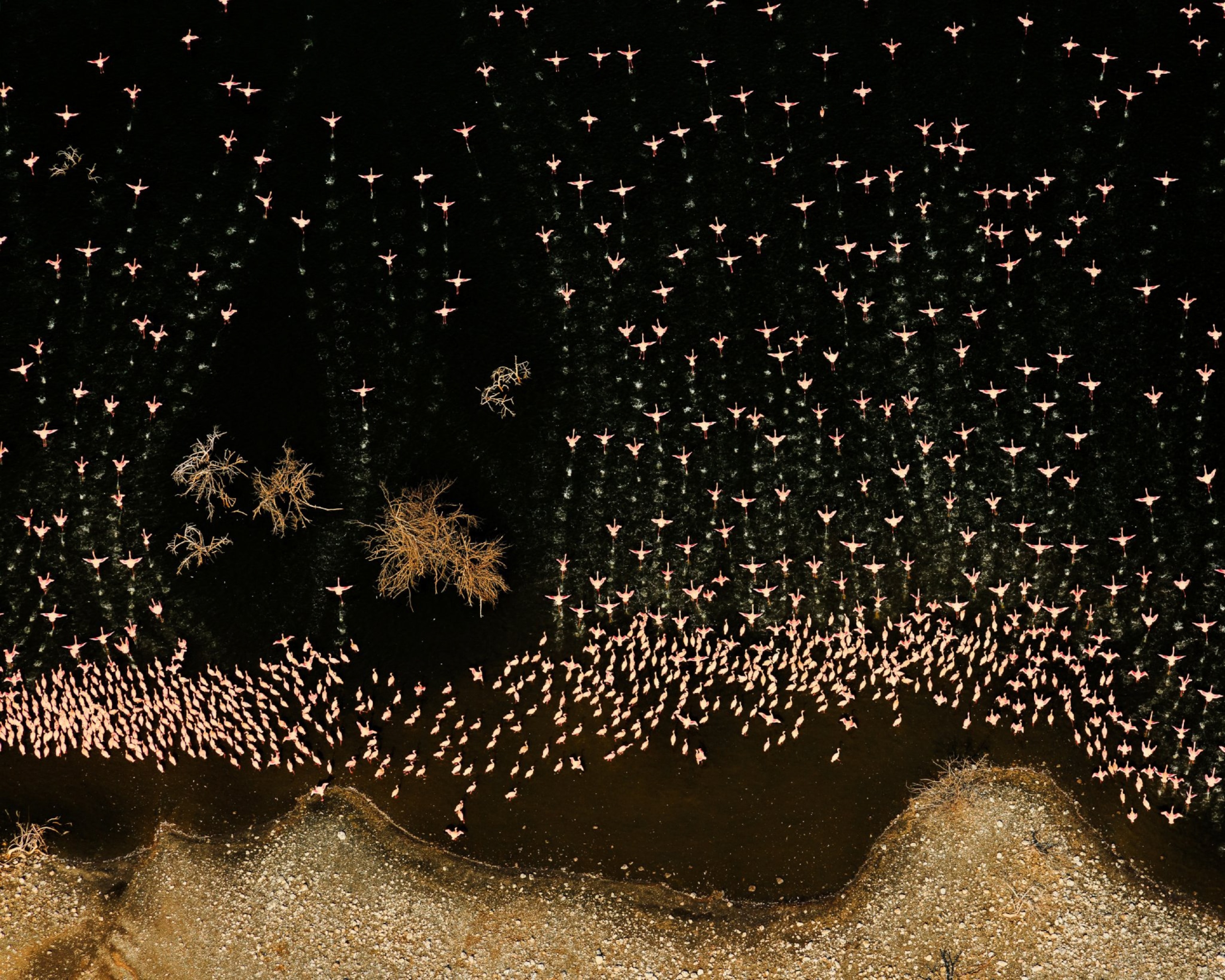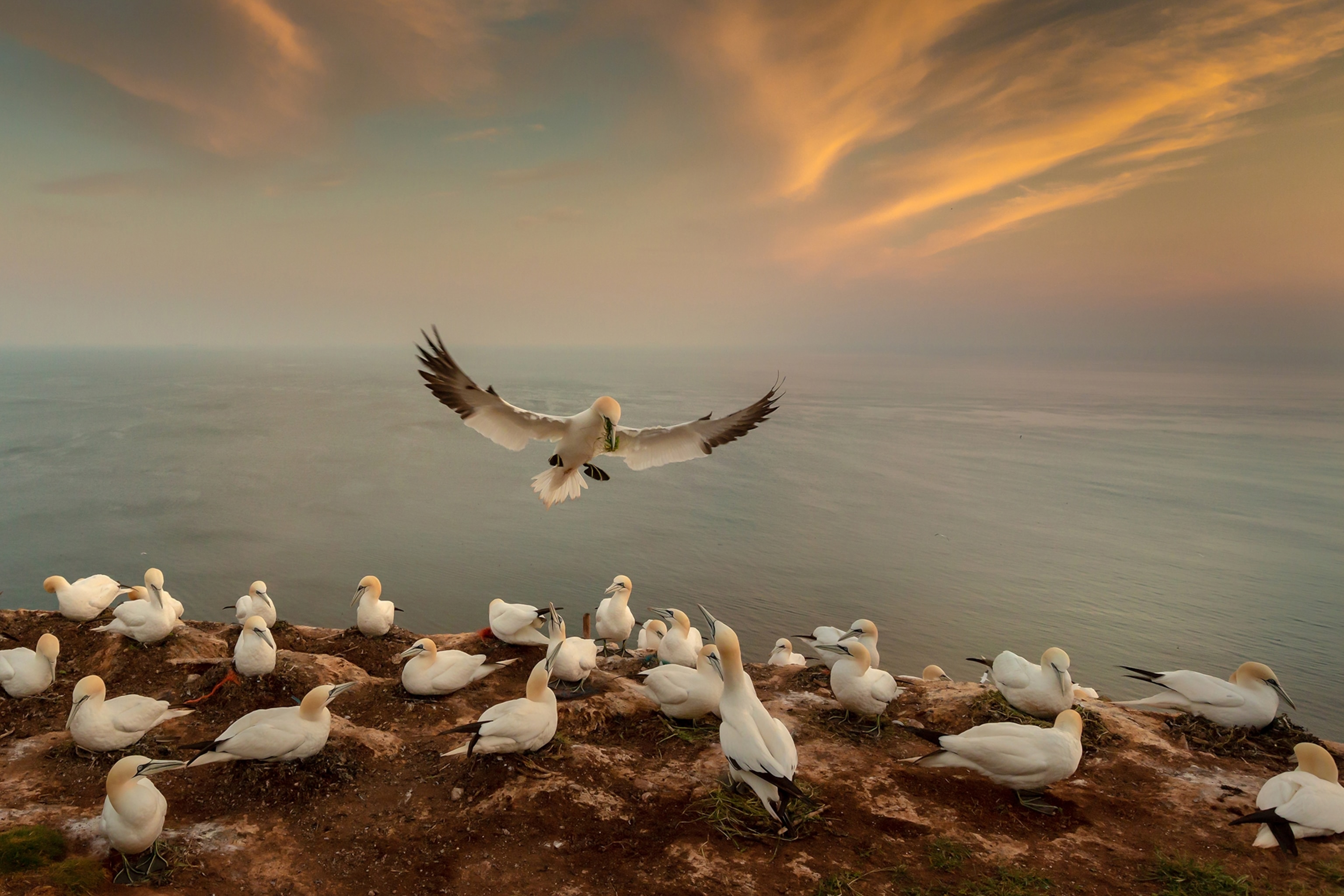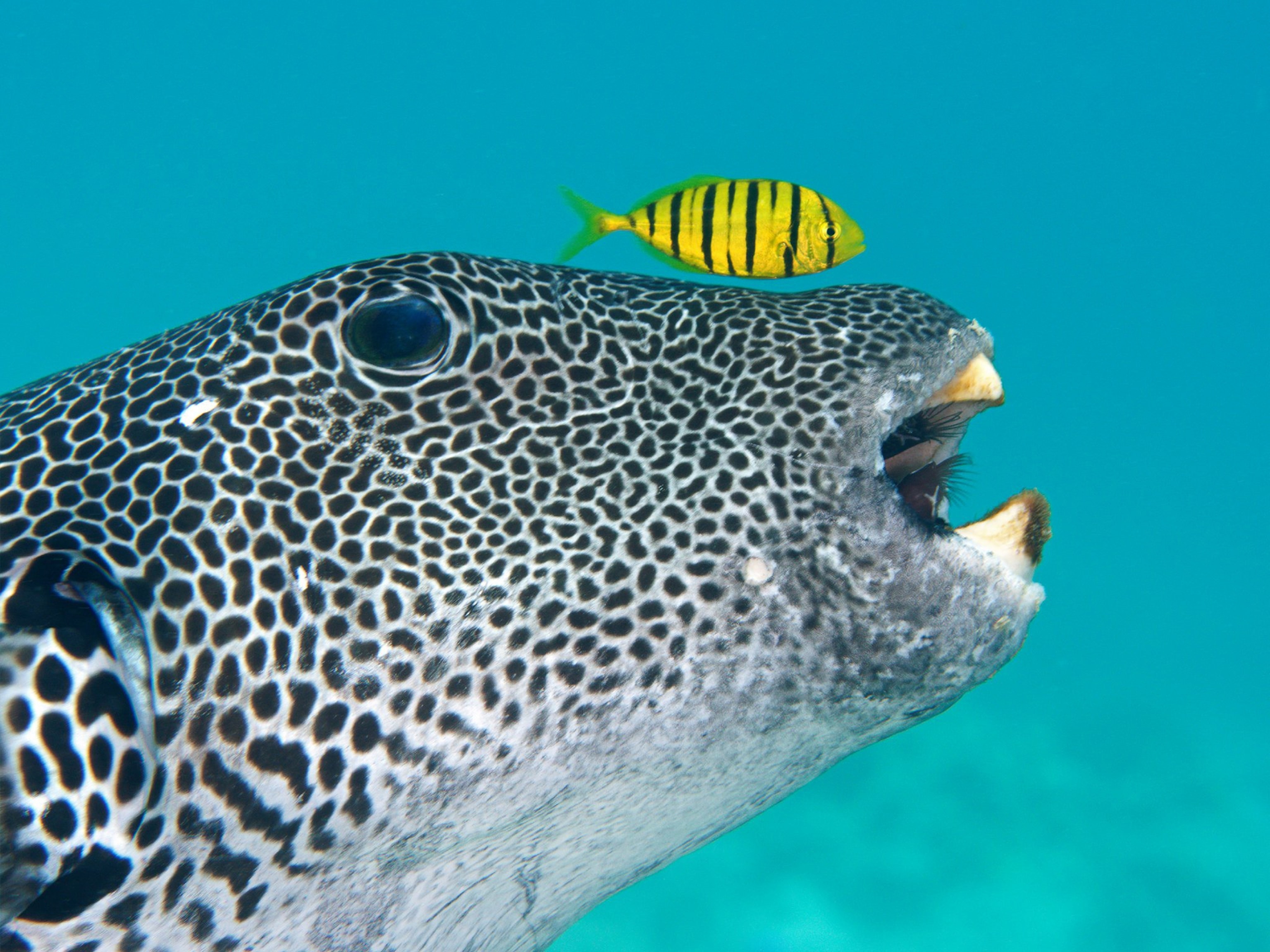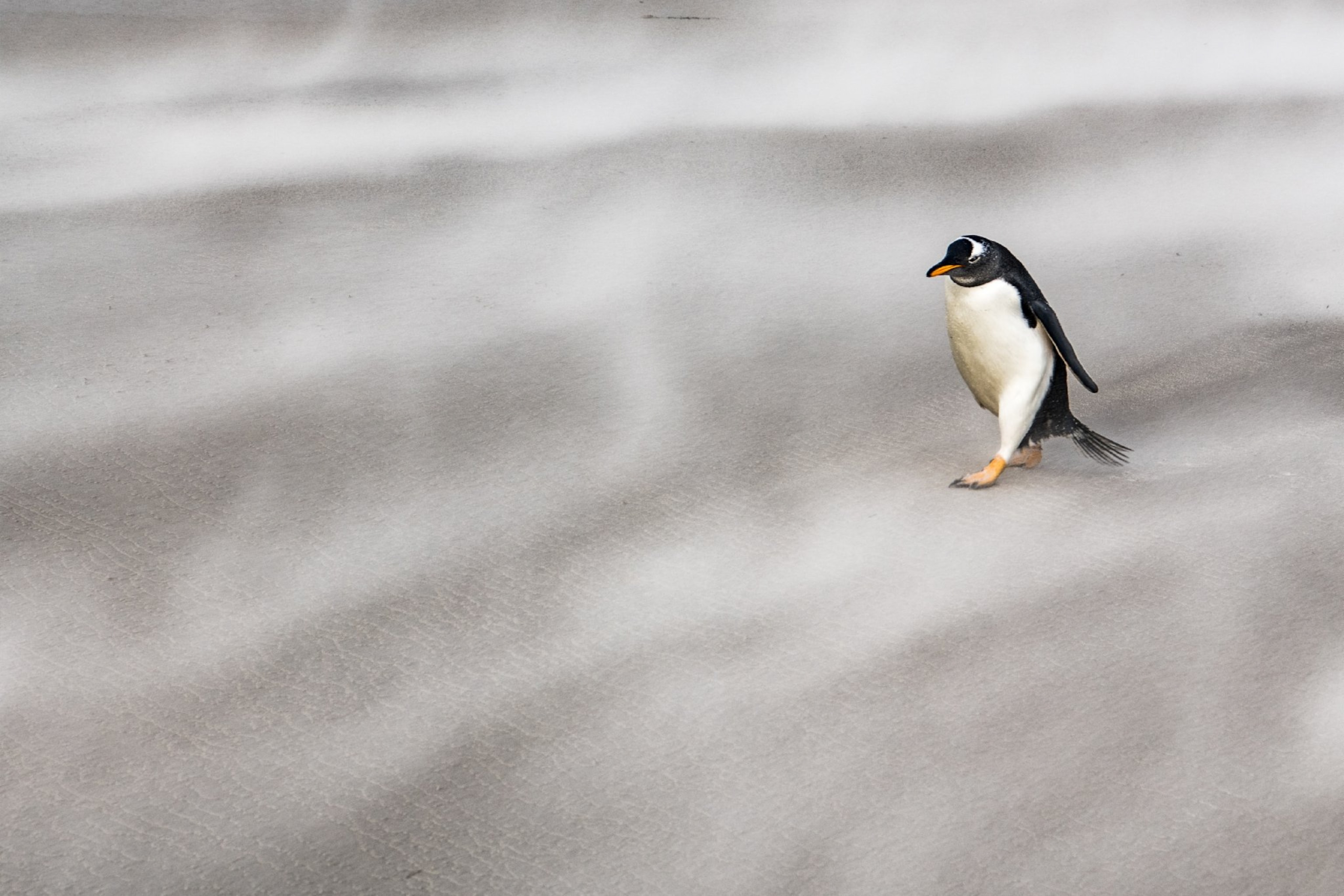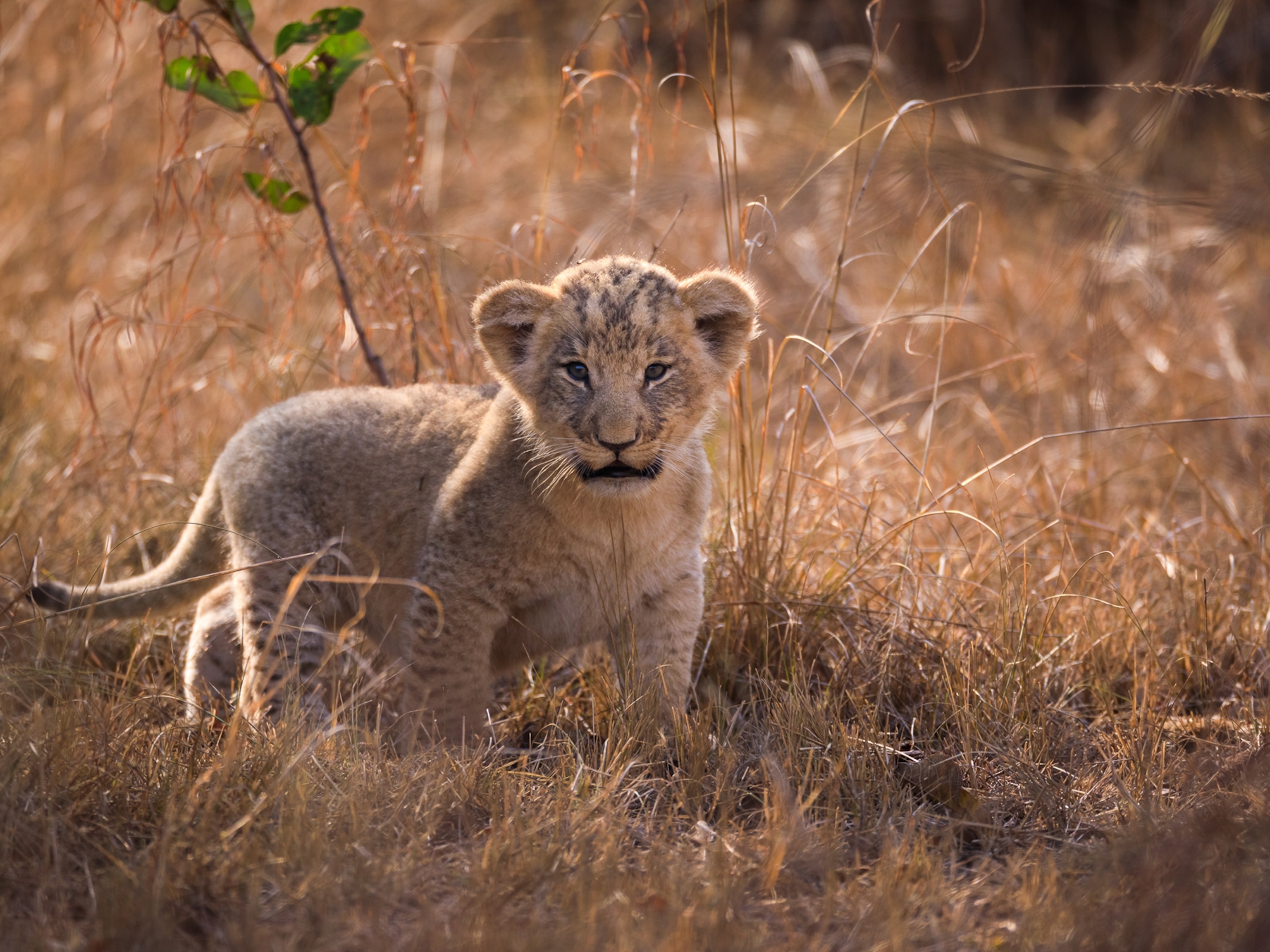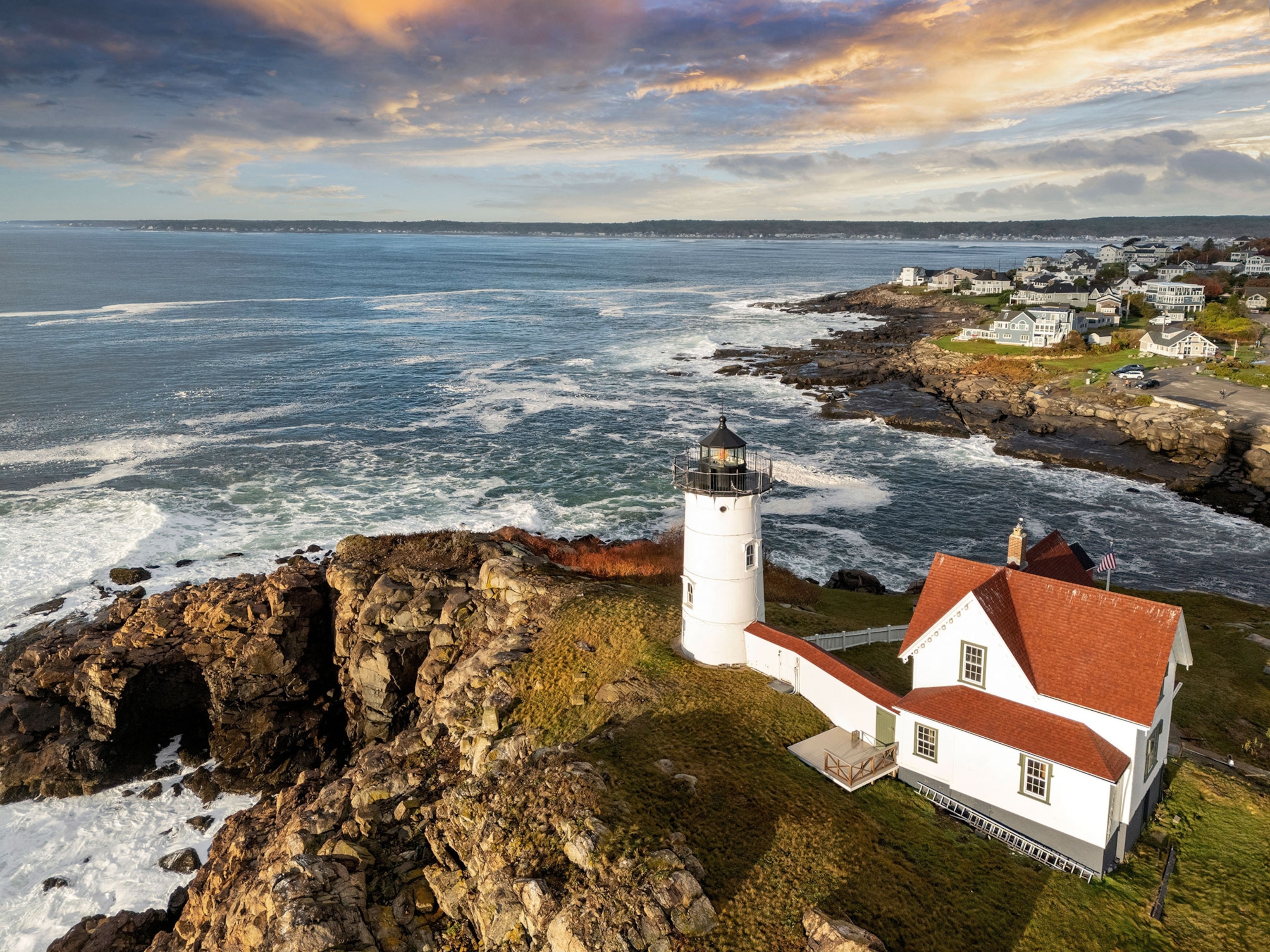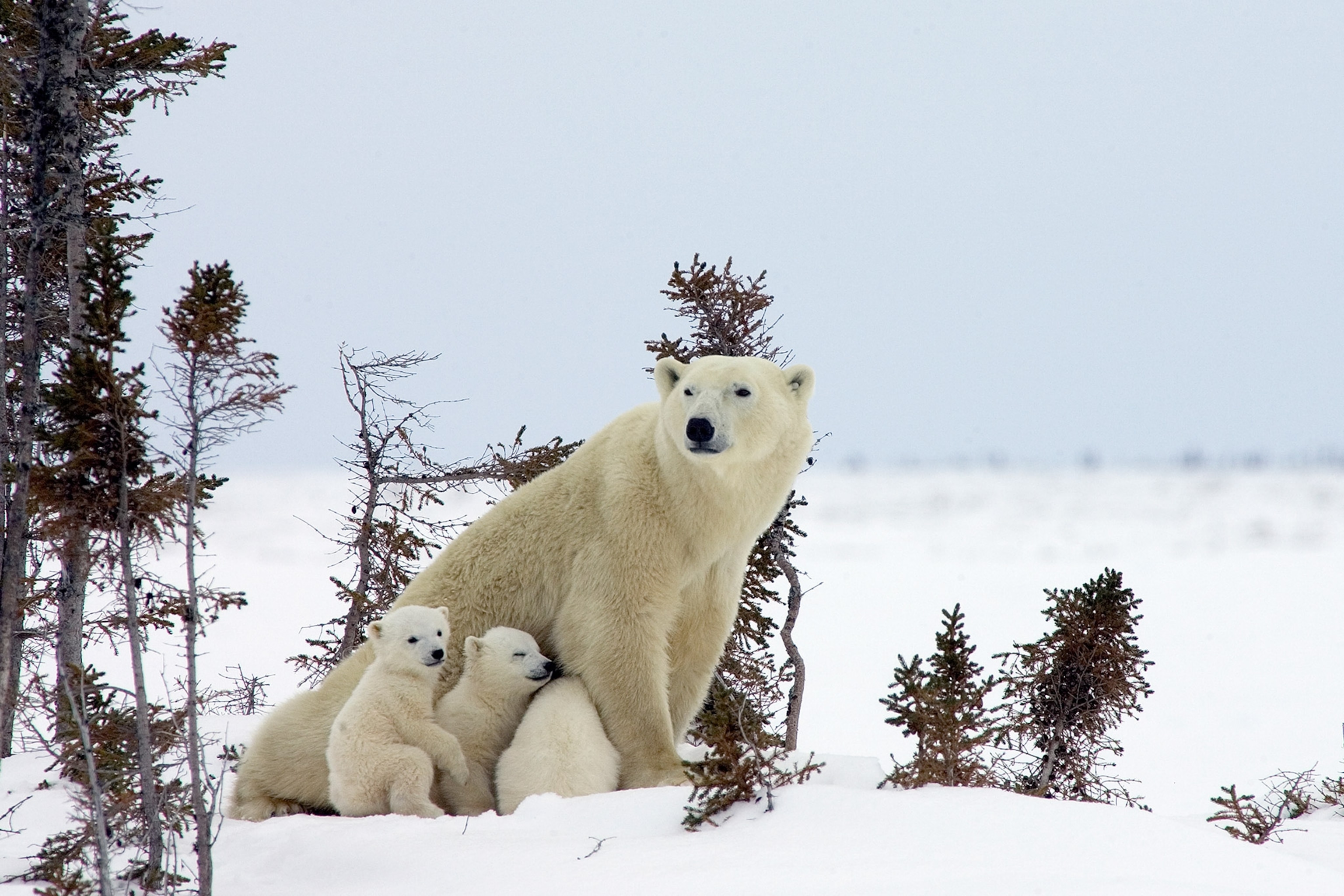
Top 10 wildlife encounters in parks
From Quebec to Texas, explore these parks for a chance to walk (responsibly) on the wild side.
Originally supported—at least in the United States—by hunting enthusiasts eager to safeguard big game, parks have a longstanding connection to wildlife preservation. Today, wildlife tourists are becoming more mindful than ever of the balance between enjoying the parks they support and keeping a healthy distance from wild animals. Check out these 10 parks in the U.S. and Canada where you can find some of the best wildlife encounters.
Yellowstone National Park, Wyoming
America’s version of the Serengeti Plains features an array of large mammals, from apex predators like the grizzly bear and wolf to herbivorous herds of bison, elk, and pronghorn antelope. The Lamar Valley is renowned for some of the park’s best wildlife viewing, especially in winter when many of the animals take shelter in the snowy vale.
Saguenay–St. Lawrence National Park, Quebec
The rich underwater feeding grounds at the confluence of the Saguenay and St. Lawrence Rivers in Quebec attract a broad range of marine mammals, including 10 types of whale, as well as seals, sharks, porpoises, and more than 300 bird species. Kayak trips and scenic boat cruises along the Saguenay Fjord are the ideal way to view them.
Everglades National Park, Florida
Florida’s “river of grass” is renowned for its alligators, but the vast park is home to many other creatures: West Indian manatees, a subspecies of the mountain lion called the Florida panther, four different species of sea turtle, and the very rare American crocodile. Feathered friends also thrive in the wetlands, with more than 360 species on the park’s bird list.
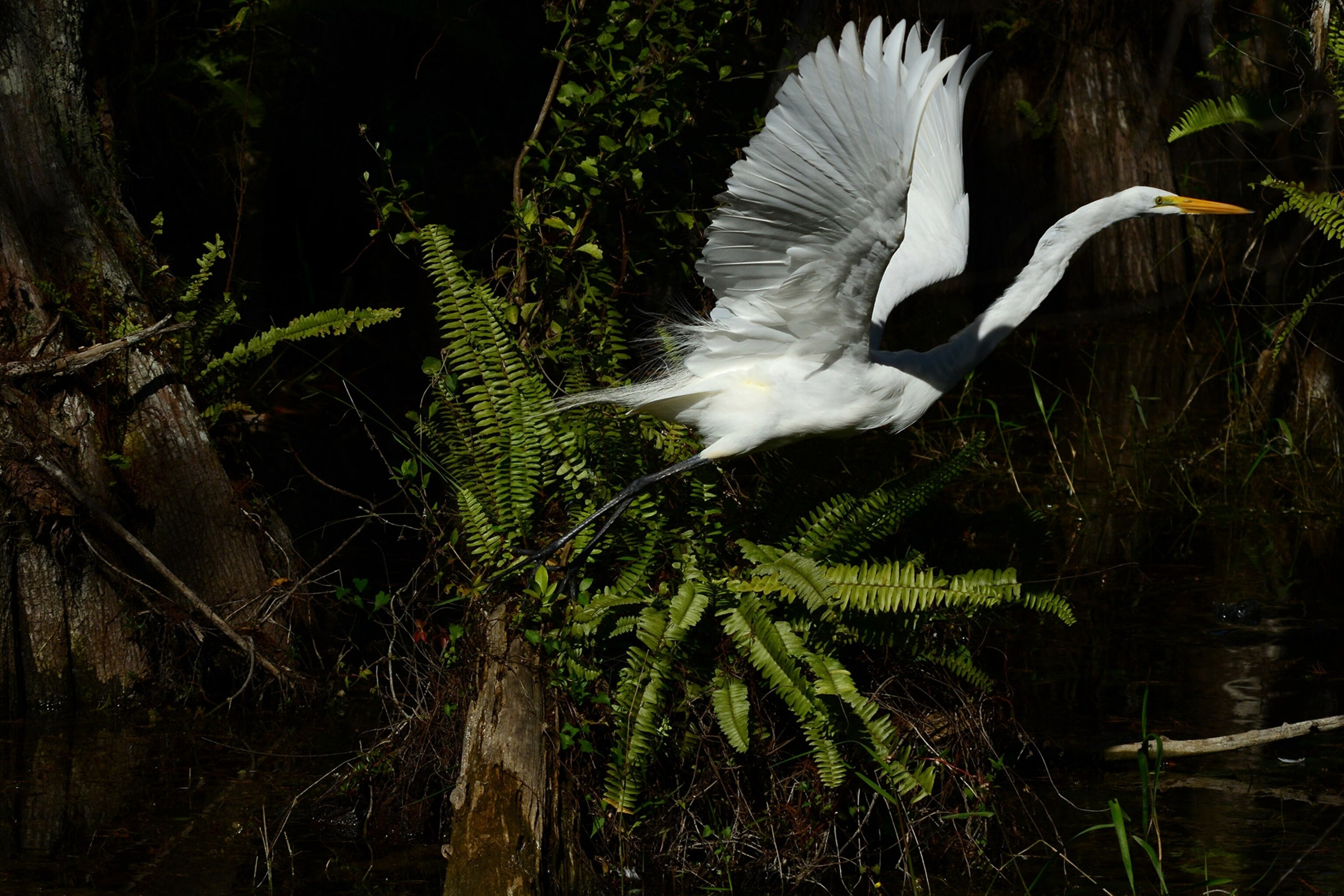
Florida Keys, Florida
The world’s third longest barrier reef is a giant living thing all on its own. Biscayne and Dry Tortugas national parks, plus Pennekamp Coral Reef State Park, offer pristine coral gardens where snorkelers and scuba divers can mingle with tropical fish, sea turtles, and other denizens of the deep (just remember to keep a healthy distance). The Keys also boast great bird watching.
Aransas National Wildlife Refuge, Texas
More than 400 different bird species have been recorded in this feather-friendly Texas Gulf Coast refuge. Among the other creatures that dwell in its four distinct ecosystems are sea turtles, manatees, alligators, peccaries, coyotes, and bobcats.
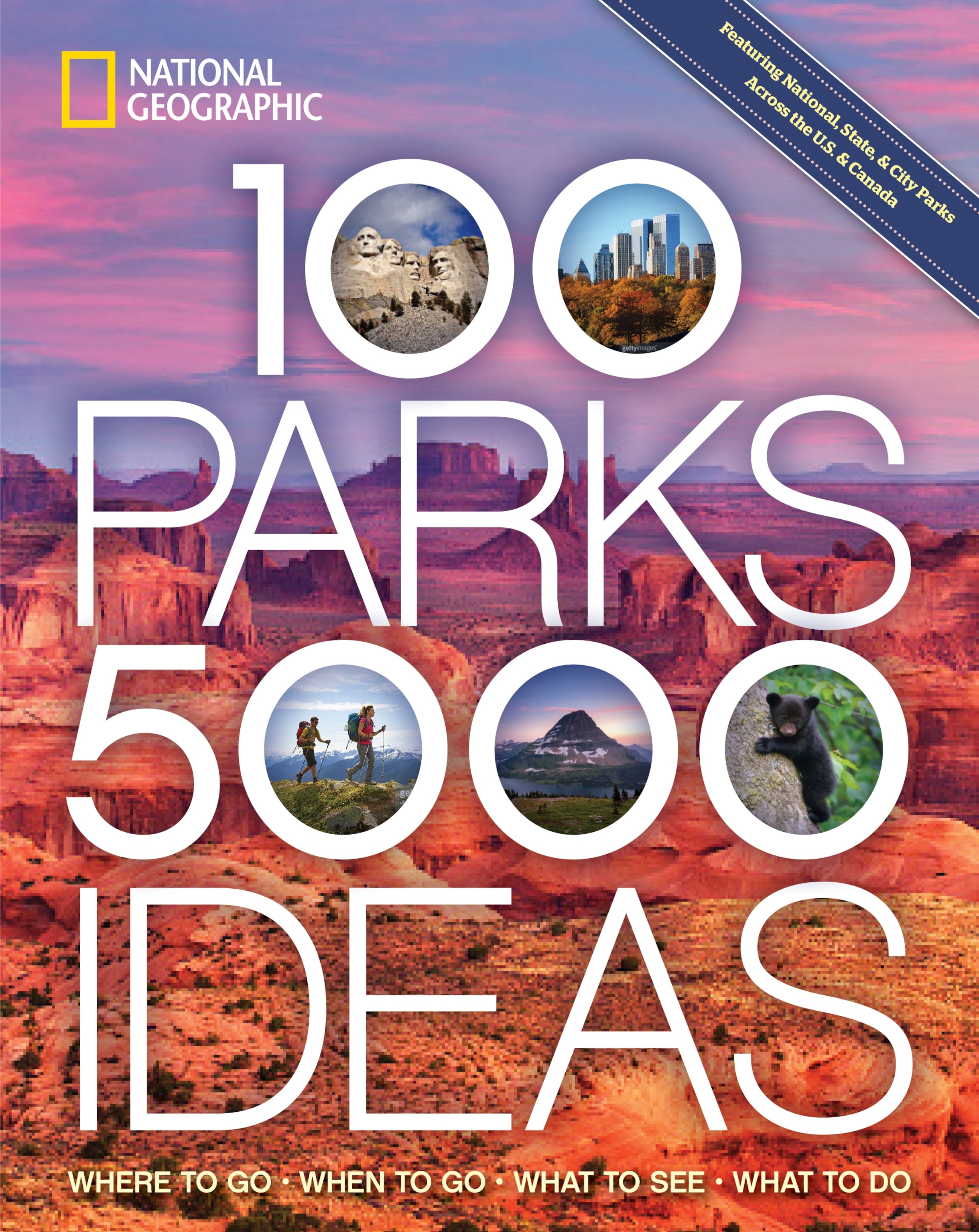
Wichita Mountains National Wildlife Reserve, Oklahoma
One of the places that saved the American bison from extinction, this Oklahoma reserve’s mix of shortgrass prairie and red-rock canyons shelters a vast array of animals viewed from roads and trails. They range in size from huge buffalo, Rocky Mountain elk, and feral longhorn cattle to the black-tailed prairie dogs that inhabit several “towns” in the park.
Wapusk National Park, Manitoba
Set along the shores of the Hudson Bay in northern Manitoba, Wapusk is considered the best place on the planet to observe and photograph polar bears in the wild. Peak viewing times are the fall migration back into the sea ice and midwinter when mother bears emerge from their dens with cubs. Thousands of beluga whales congregate offshore in the summer.
Channel Islands National Park, California
Astride the migration route of humpbacks, orcas, and gray whales and home at any one time to 30,000 seals and sea lions, the Southern California archipelago is renowned for marine mammals. There are also copious birdlife and rare land creatures like the island fox, island spotted skunk, and island deer mouse.
Wrangell-St. Elias National Park and Preserve, Alaska
Alaska’s giant national park harbors a vast array of typical northern latitude creatures. Brown bears, caribou, Dall sheep, mountain goats, and moose are the “big five” terrestrial animals, while humpback whales, orcas, sea lions, harbor seals, and porpoises inhabit Icy Bay and other parklands along the Gulf of Alaska.
Katmai National Park and Preserve, Alaska
One of the great spectacles of North American wildlife takes place at Katmai each summer: dozens of brown bears (aka grizzlies) fishing for spawning salmon in the Brooks River. The huge Alaska park is also home to scores of inland and coastal bird species and 42 different mammals including the gray wolf, sea otter, and humpback whale.
- National Geographic Expeditions



